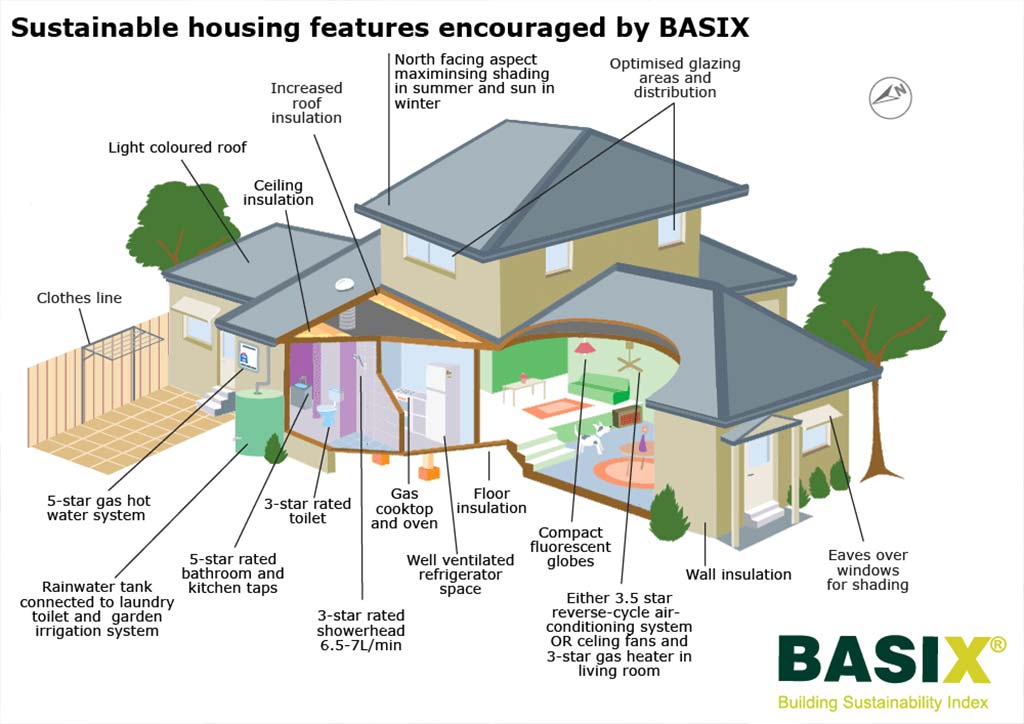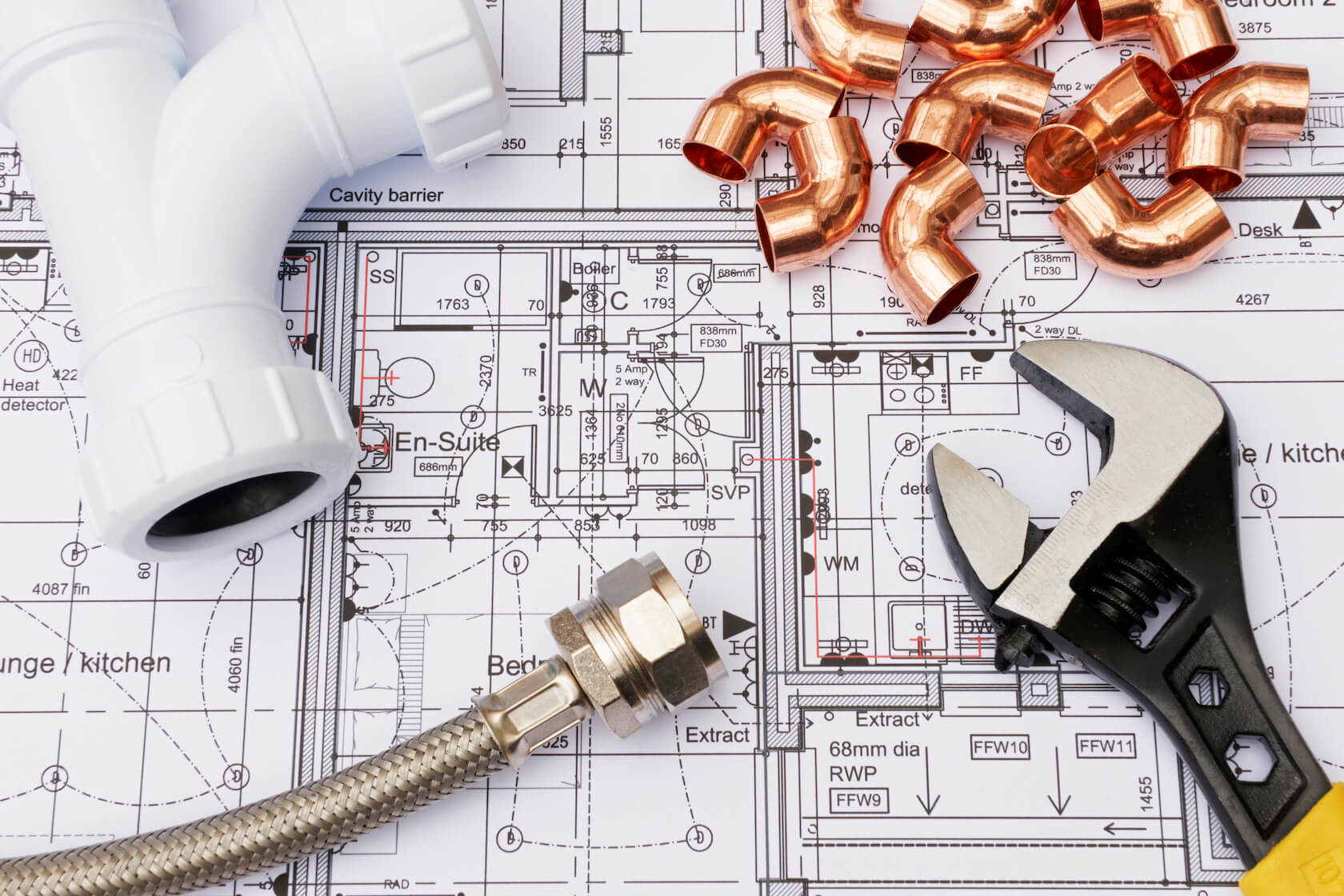The Complete Guide to Your Property's Plumbing System Anatomy
The Complete Guide to Your Property's Plumbing System Anatomy
Blog Article
This great article listed below relating to Understanding Your Home's Plumbing Anatomy is extremely remarkable. Give it a try and make your own personal assumptions.

Understanding how your home's plumbing system functions is vital for every single homeowner. From supplying tidy water for drinking, cooking, and bathing to safely removing wastewater, a well-maintained plumbing system is essential for your household's health and wellness and comfort. In this extensive guide, we'll explore the intricate network that composes your home's plumbing and offer tips on maintenance, upgrades, and dealing with usual concerns.
Introduction
Your home's plumbing system is greater than just a network of pipes; it's a complicated system that ensures you have access to clean water and efficient wastewater removal. Knowing its parts and just how they collaborate can assist you stop expensive repairs and ensure everything runs efficiently.
Fundamental Parts of a Plumbing System
Pipes and Tubes
At the heart of your pipes system are the pipelines and tubing that carry water throughout your home. These can be made of various products such as copper, PVC, or PEX, each with its advantages in terms of durability and cost-effectiveness.
Fixtures: Sinks, Toilets, Showers, etc.
Components like sinks, commodes, showers, and bath tubs are where water is used in your home. Comprehending how these fixtures attach to the pipes system assists in diagnosing problems and preparing upgrades.
Valves and Shut-off Points
Shutoffs manage the flow of water in your pipes system. Shut-off valves are crucial throughout emergency situations or when you need to make repair services, enabling you to isolate parts of the system without interfering with water circulation to the entire house.
Water System System
Main Water Line
The major water line connects your home to the municipal water or a private well. It's where water enters your home and is dispersed to numerous components.
Water Meter and Pressure Regulatory Authority
The water meter procedures your water usage, while a pressure regulator makes sure that water flows at a secure pressure throughout your home's plumbing system, stopping damages to pipes and components.
Cold Water vs. Hot Water Lines
Comprehending the distinction between cold water lines, which provide water straight from the major, and hot water lines, which carry warmed water from the water heater, helps in troubleshooting and preparing for upgrades.
Drainage System
Drain Pipes and Traps
Drain pipelines carry wastewater away from sinks, showers, and bathrooms to the sewer or sewage-disposal tank. Catches stop sewer gases from entering your home and likewise catch debris that might cause obstructions.
Ventilation Pipelines
Ventilation pipes permit air into the water drainage system, stopping suction that can slow down drain and cause traps to vacant. Proper air flow is important for preserving the stability of your pipes system.
Significance of Appropriate Water Drainage
Ensuring appropriate water drainage prevents back-ups and water damages. Consistently cleansing drains and maintaining traps can stop pricey fixings and extend the life of your plumbing system.
Water Furnace
Kinds Of Hot Water Heater
Water heaters can be tankless or standard tank-style. Tankless heating units warm water as needed, while tanks store warmed water for immediate use.
Updating Your Pipes System
Reasons for Upgrading
Updating to water-efficient components or replacing old pipes can enhance water top quality, reduce water bills, and enhance the worth of your home.
Modern Pipes Technologies and Their Advantages
Discover technologies like wise leakage detectors, water-saving commodes, and energy-efficient hot water heater that can conserve money and decrease environmental effect.
Expense Considerations and ROI
Determine the ahead of time expenses versus lasting financial savings when taking into consideration plumbing upgrades. Several upgrades pay for themselves through decreased utility bills and fewer repair services.
Exactly How Water Heaters Attach to the Pipes System
Recognizing just how hot water heater attach to both the cold water supply and warm water circulation lines aids in diagnosing issues like insufficient warm water or leakages.
Upkeep Tips for Water Heaters
Consistently flushing your water heater to get rid of sediment, checking the temperature level setups, and checking for leaks can expand its life-span and improve power performance.
Common Plumbing Issues
Leakages and Their Reasons
Leakages can take place because of maturing pipelines, loosened installations, or high water stress. Dealing with leaks without delay protects against water damages and mold and mildew development.
Blockages and Clogs
Obstructions in drains pipes and toilets are usually brought on by flushing non-flushable items or a build-up of oil and hair. Utilizing drain screens and bearing in mind what decreases your drains can protect against blockages.
Indications of Plumbing Troubles to Look For
Low water stress, sluggish drains pipes, foul odors, or unusually high water costs are indications of prospective plumbing problems that ought to be resolved immediately.
Plumbing Maintenance Tips
Normal Examinations and Checks
Arrange annual pipes assessments to catch concerns early. Try to find indications of leaks, deterioration, or mineral accumulation in faucets and showerheads.
DIY Maintenance Tasks
Simple jobs like cleaning tap aerators, looking for commode leaks using dye tablet computers, or protecting exposed pipelines in chilly climates can prevent significant plumbing concerns.
When to Call an Expert Plumbing
Know when a pipes problem calls for expert expertise. Trying complex fixings without proper expertise can lead to even more damage and greater repair expenses.
Tips for Reducing Water Use
Simple routines like dealing with leaks without delay, taking shorter showers, and running full lots of washing and meals can preserve water and lower your energy bills.
Eco-Friendly Plumbing Options
Take into consideration lasting plumbing products like bamboo for flooring, which is durable and environmentally friendly, or recycled glass for kitchen counters.
Emergency situation Readiness
Steps to Take During a Pipes Emergency
Know where your shut-off shutoffs lie and how to switch off the water in case of a ruptured pipe or significant leakage.
Significance of Having Emergency Situation Contacts Useful
Maintain contact info for neighborhood plumbings or emergency services readily offered for fast response during a pipes situation.
Environmental Effect and Preservation
Water-Saving Components and Devices
Mounting low-flow faucets, showerheads, and toilets can significantly decrease water use without compromising performance.
Do It Yourself Emergency Situation Fixes (When Applicable).
Temporary solutions like using duct tape to spot a leaking pipe or putting a pail under a trickling tap can lessen damages up until an expert plumbing shows up.
Conclusion.
Understanding the makeup of your home's pipes system encourages you to keep it successfully, conserving money and time on fixings. By adhering to normal upkeep regimens and remaining notified concerning modern plumbing modern technologies, you can ensure your pipes system runs efficiently for years ahead.
HOW YOUR PLUMBING SYSTEM WORKS
Which Pipes Do What?
Blue lines = fresh water supply entering the building Red lines = hot water supply entering the building Grey lines = pipes carrying waste away from the building and venting pipes carrying gases away from the building (through the roof) YOUR MAIN PLUMBING SYSTEMS
There are two main plumbing systems that support your home s basic plumbing needs one that brings clean water into your home, and one that sends dirty water away from your home. Connected to the toilet, bath, shower, and other faucets in your home, these two systems keep your water flowing in the right directions.
ACCESSING FRESH WATER
Fresh and clean water is brought into your home through the main water supply line . Filtered through one pipe, this water is pressured to flow into the various fixtures in your home at any given time.
This water can be sourced from a well located on your property, a pond or river (mostly cottages), or, as in most cases, from the city s municipal water treatment centre. However, it is important to note that water that is untreated, such as the water siphoned from ponds or rivers, may not be safe to drink. Personal water supplies always need to be treated for hardness and contaminants before consumed.
MUNICIPAL WATER SUPPLIES
Improve taste and odour Remove sediment Eliminate hardness Reduce chlorine COLD WATER SUPPLY VS. HOT WATER SUPPLY
Cold water flows into your home or building through the service line, which then distributes hot or cold water to your fixtures. This line is most commonly run through a central column that runs floor to floor. Hot water runs in short and straight pipes as the longer the pipeline, the more heat that will be lost in the transfer. Having shorter pipes also allows residents to access hot water more quickly.
WASTE WATER SYSTEM
Your wastewater system is divided into two parts pipes that send wastewater away from your home and venting pipes that send sewer gas away from your home. Sewage water travels through pipes that flush the water and waste towards local sewers that are operated and managed by your city or town. Most sewer systems rely on gravity to move the wastewater to where it needs to go.
The further away from your toilet or sink, the larger wastewater pipes become. This allows for waste to be disposed of from various parts of your home or business at once without pipe blockages. The angle and flow of these pipes are also essential for keeping your waste pipes clear of build up.
https://harrisplumbing.ca/how-your-home-plumbing-system-works/

I have been very eager about Anatomy of a House: Understanding the Components and I really hope you enjoyed the entire entry. Are you aware of another individual who is truly interested in the topic? Take a moment to share it. Thanks so much for going through it.
Schedule A Free Estimate Report this page